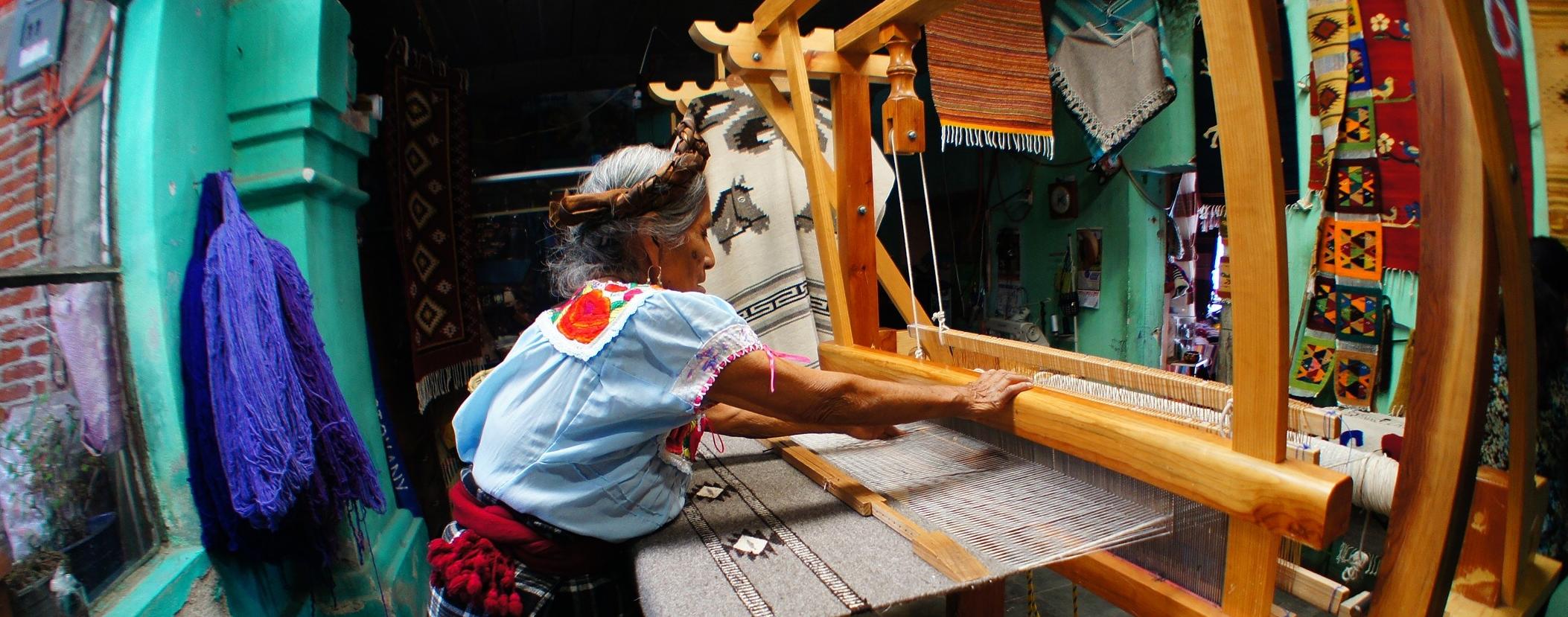COUNTRY GUIDE: MEXICO





This North American powerhouse offers a wealth of natural and man-made resources. Here, SOURCING at MAGIC highlights the many reasons why our exhibitors from Mexico should be on your list of production resources.

Mexico’s sourcing opportunities are easily accessible for the United States, but the country is also ideally situated for trade with Central and South American and Caribbean nations.

Mexico saw the severe economic contraction that most of the world did in 2020, but its economy is well on its way to recovery.
● The Mexican industrial sector suffered from shortages in the global supply chain, but still grew by a modest 0.3% in Q3 2021
● It expanded 0.4% and 0.8% in the first two quarters of 2022
● The Bank of Mexico has been more conservative in raising interest rates (than neighbors Brazil, Chile, and Paraguay) with a 100 basis points increase
Keep
Supply chain issues were an issue well before the pandemic, but the USMexico-Canada Agreement (USMCA) went into effect in 2020, putting Mexico into a unique position.
● Mexico has duty-free access to the US
● Its production costs may not beat China’s, but are lower than the US
● Geographic location perfect for “nearshoring” with the US
● Has a range of flexible trade agreements with more than 40 countries
Mexico offers easy access to the products in its supply line with:


● 28 ports along the Atlantic/Caribbean, 13 on the Pacific
● Port of Manzanillo handled over 1.58 million TEUs in 2016
● Port is currently undergoing expansion, targeting an increase in its container volume of 17%
● Project includes a new berth, increasing overall terminal area by 30%
● New tunnel will provide freight trains with 24-hour access, doubling the port’s rail volume
● Mexico has 60 commercial airports
● Largest are Mexico City, Guadalajara, Monterrey, Querétaro, and Toluca.
● Between the five hubs, they had 869,284.3 tons of cargo distributed, both domestically and internationally, up until November 2021.
● That’s 84.3% of the overall cargo handled at Mexican airports.
Textile manufacturing in Mexico has deep roots, with the country’s first textile factory opening in Puebla in 1830.
● Annual textile exports: USD $7 billion per year
● One of the country’s strongest industries
● Growth of automotive, aerospace, and medical device
● industries in Mexico is fueling demand for domestic technical textiles, industrial fabrics, and specialty apparel

● As of 2020, textile sector employed est. 639,000 workers
● 3% of Mexico’s GDP comes from textile and apparel sector
● US and China are leading trade partners within the sector
Mexico’s textile industry has grown 5 to 7 percent per year and is anticipated to grow by $3.98 billion between 2021 and 2026.

● Technavio expects the market to have a year-over-year growth of 2.93% in 2022 and accelerate at a CAGR of 4.13% during the forecast period
● Rising urbanization and middle-class expansion has increased demand for garments and other fashion apparel
● GDP growth has boosted textile manufacturing
Technavio calls out the production of natural, polyesters, nylon, and other fibers, as well as fashion, technical, and household applications, and expects significant growth in the natural fibers segment. Mexico has favorable climatic conditions for farming, and is among the wleading producers of cotton, wool, and silk worldwide.
SOURCING
